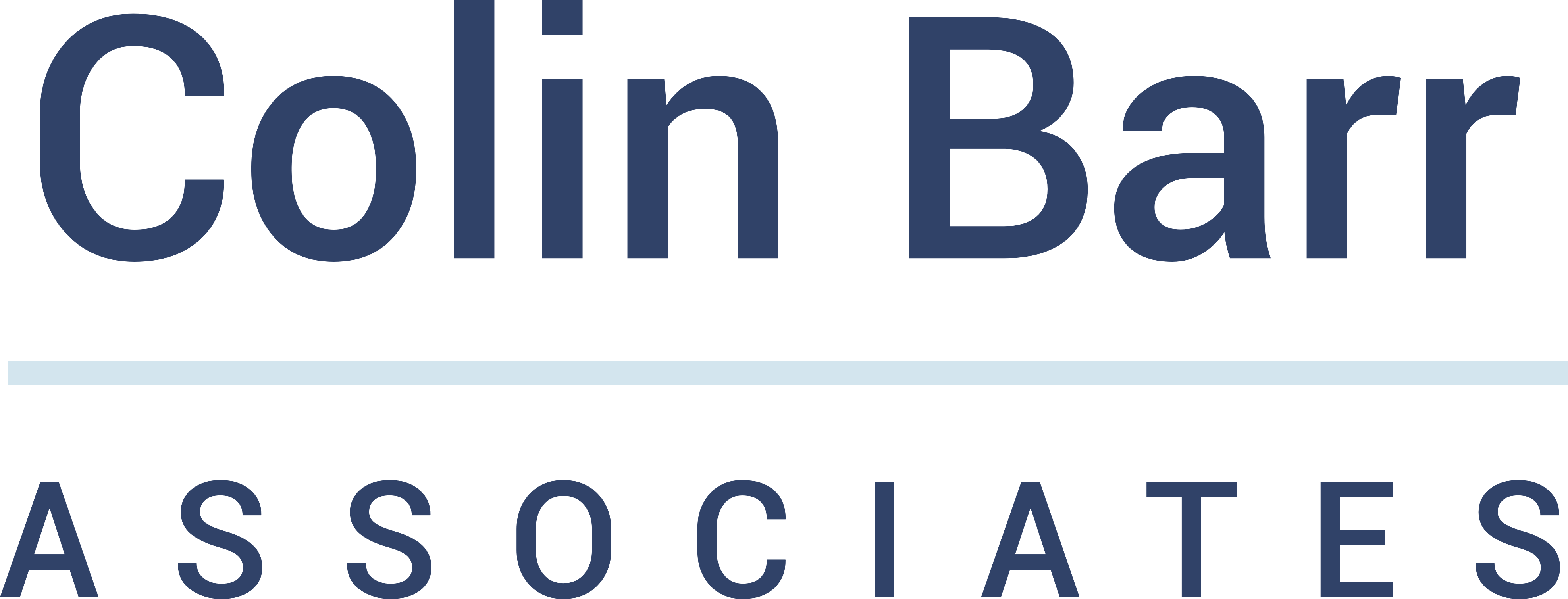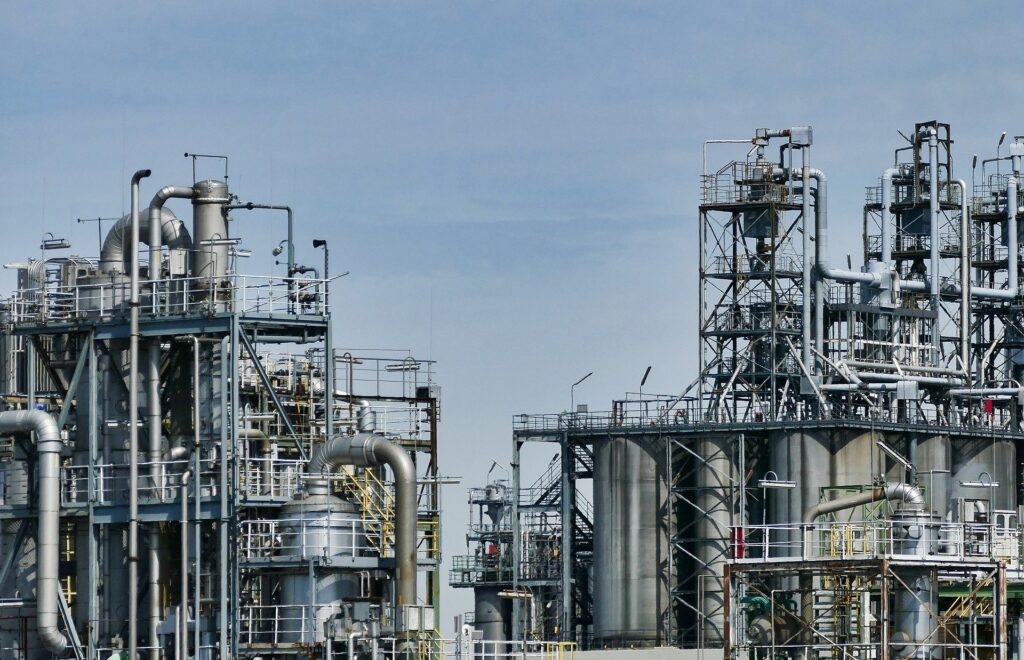Situation
The client company manufactures specialist additives for chemical coating of metal surfaces. The original process created significant amounts of waste in the form of a metal and solvent mix. This had to be disposed of in an environmentally safe way which incurred a high cost. Fresh new solvent had to be purchased to replace the contaminated waste volumes.
Problem Definition
The cost of externally disposing of waste solvent and in addition purchasing replacement solvent had become unsustainable. The volume of contaminated solvent being produced required a tanker-load of chemical to be transported off-site monthly and treated by a waste management company.
The challenge was to produce less waste in the first place and create a better process flow which would allow for the separation of re-useable and non-useable solvent.
Project Constraints
There was a limited budget for the creation of new industrial grade pipework to reconfigure chemical flows.
Measurement Data Gathered
Data was reviewed for the previous 12 months and included:
– Trends in weight of chemical waste produced
– Chemical disposal costs
– Trends in replacement solvent costs
This data provided a baseline against which the new process could be measured.
Analysis Performed
The existing process flow was mapped out. Brainstorming sessions were held with the production team. A total of 6 sources of waste were identified including combinations of chemical drums, mixers, tools, pumps, and transport trolleys. Liquid condensate within tanks was identified as a major contributor.
Improvements & Controls Established
A new process flow was proposed and implemented. Minimal pipework was required to establish phase 1 of this new process. New limits were trialled and implemented on maximum solvent use in mixers. New limits were also applied to tools and trolley washing which had previously been unmetered. Three grade dependent waste solvent flows were improved. Two of these now pass through a press filter and allow for recovery of previously waste solvent, the third now passes through an existing evaporation column.
All personnel were fully advised of the issues and trained in new procedures. Colour coded stickers were introduced on IBC containers. Processing paperwork was reviewed, updated, and colour coded. New controls were established on chemical movements via specifically empowered personnel.
Pipework has been budgeted for further automation of the above processes and allow a phase 2 implementation to be established.
Results
At the time of writing there was a ten-fold reduction in the disposal and replacement cost per Kg of waste chemicals from 2019 to 2020 equating to a cashable saving of £180k per annum.
Lean Tools Used
Problem Definition and Scoping; Process Mapping; Root Cause Brainstorming; Waste Analysis and Reduction.
Benefits Summary
The project delivered benefits in:
Operational Performance, Cost Reduction, Environmental Impact.

